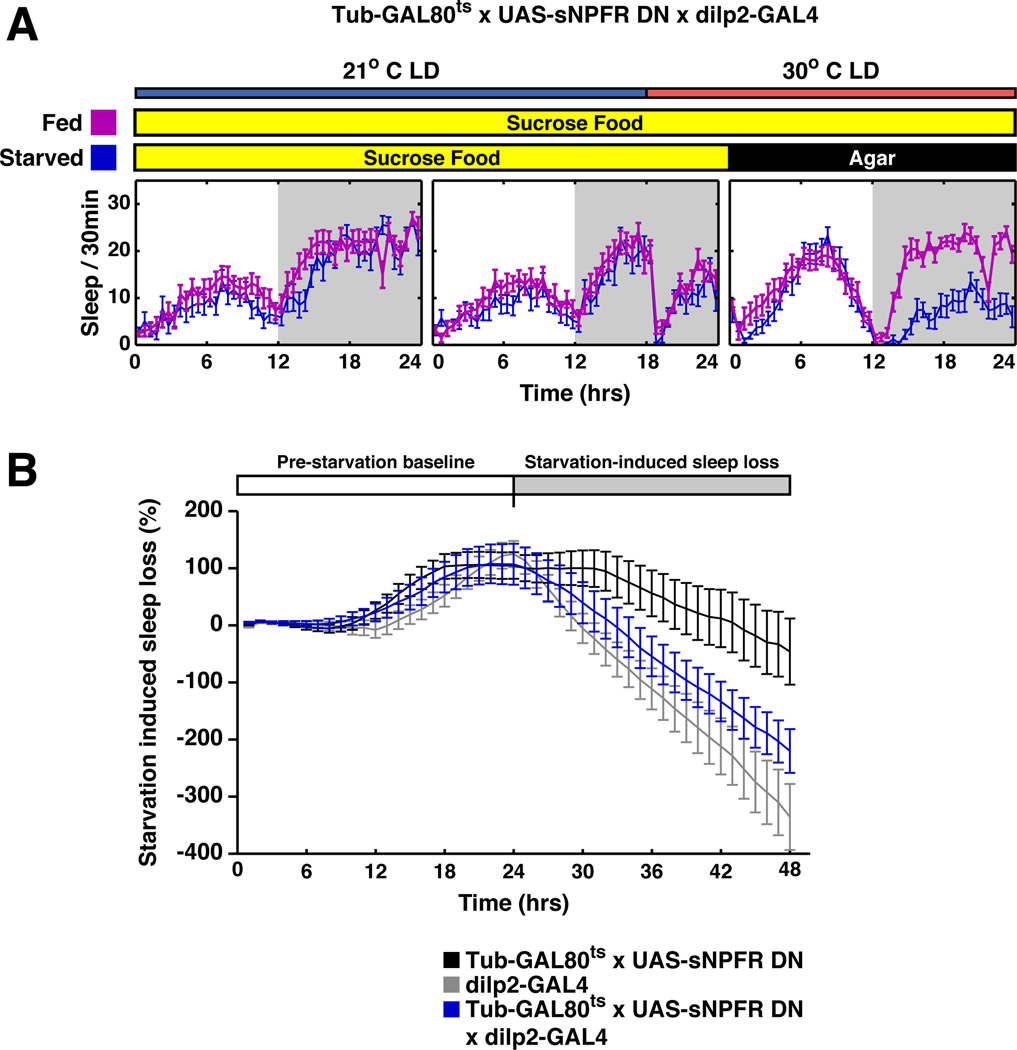Figure 6. Inhibition of sNPFR signaling in DILP cells does not affect starvation-induced sleep suppression.
A. Starved tubulin-GAL80ts, UAS-sNPFRDN;dilp2-GAL4 flies (blue curve) slept less compared to non-starved siblings (purple curve). GAL80 was inactivated for 6 h by shifting the temperature to 30°C at ZT18 and flies transferred onto agar or agar/sucrose food at ZT0. Sleep was monitored for 24 h. Starvation reduced sleep, indicating that sNPF signaling is not involved in starvation-induced wakefulness. B. The experimental flies (blue line) and the parental controls (black and gray lines) showed similar sleep loss in response to starvation. The baseline sleep for each genotype was collected for 3 days before heat inactivation of GAL80. The starvation induced sleep loss (%) = (Sleep during the starvation period – Baseline sleep)/Baseline sleep %.

